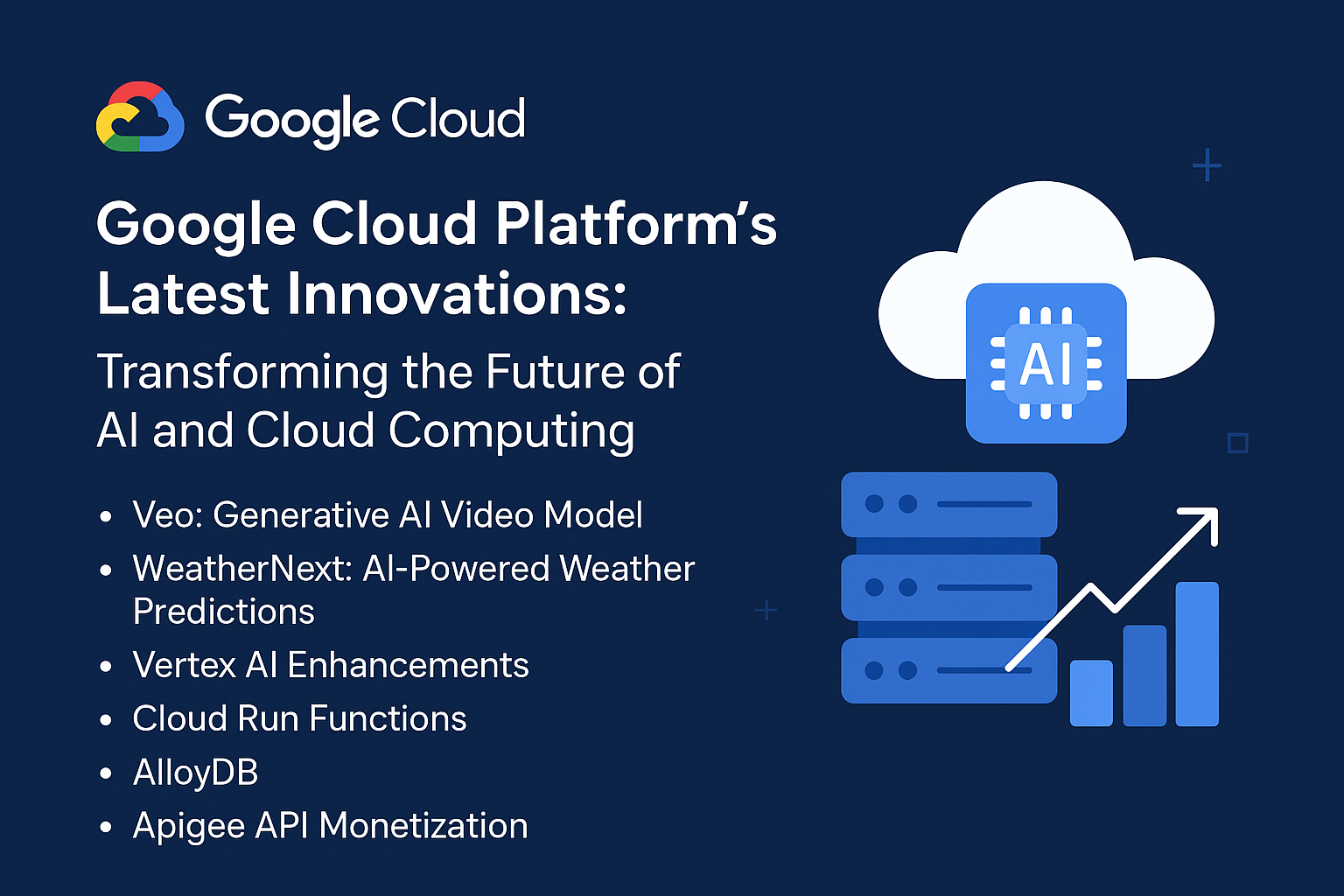Table of Contents for The Future of AI in Cybersecurity: Threat Detection and Response
- Introduction to AI in Cybersecurity
- AI for Threat Detection
- 2.1 Machine Learning and Anomaly Detection
- 2.2 Behavioral Analytics in Threat Detection
- 2.3 AI-Powered Intrusion Detection Systems
- AI in Automated Response
- 3.1 AI for Real-Time Response and Mitigation
- 3.2 Automated Incident Response (AIR)
- 3.3 Role of AI in Threat Intelligence Sharing
- AI in Vulnerability Management
- 4.1 Predictive Vulnerability Assessment
- 4.2 AI in Penetration Testing
- 4.3 AI-Driven Patch Management
- Challenges and Limitations of AI in Cybersecurity
- 5.1 False Positives and Data Quality
- 5.2 AI vs. Human Expertise
- 5.3 Security Risks of AI Systems
- Ethical and Regulatory Considerations
- 6.1 AI and Privacy Concerns
- 6.2 AI Governance in Cybersecurity
- 6.3 Regulatory Frameworks for AI in Security
- The Future Outlook of AI in Cybersecurity
- 7.1 Emerging AI Technologies in Cybersecurity
- 7.2 Collaboration Between AI and Human Experts
- 7.3 The Evolution of Autonomous Cybersecurity Systems
- Conclusion
1. Introduction to AI in Cybersecurity
Artificial Intelligence (AI) is reshaping the landscape of cybersecurity. It is increasingly utilized to predict, identify, and respond to cyber threats in ways that traditional methods cannot. AI can analyze vast amounts of data in real-time, learning from past threats to improve its detection and response capabilities. As cyberattacks become more sophisticated, AI will play a central role in keeping organizations secure.
Resource Link – IBM Security AI Overview
2. AI for Threat Detection
2.1 Machine Learning and Anomaly Detection
AI systems use machine learning (ML) algorithms to detect anomalies in network traffic, system behaviors, or user activity. By learning the normal behavior patterns, AI can detect deviations that could indicate a potential security threat.
Resource Link – Machine Learning in Cybersecurity
2.2 Behavioral Analytics in Threat Detection
Behavioral analytics tools powered by AI analyze patterns of human or machine behavior to detect insider threats or compromised accounts. This technology is particularly useful in identifying advanced persistent threats (APT) and insider attacks.
Resource Link – Behavioral Analytics in Cybersecurity
2.3 AI-Powered Intrusion Detection Systems
Intrusion Detection Systems (IDS) enhanced by AI can better identify potential breaches and security threats. AI can learn from past events and continuously refine its ability to recognize intrusion attempts with greater precision.
Resource Link – Intrusion Detection and Prevention
3. AI in Automated Response
3.1 AI for Real-Time Response and Mitigation
AI systems can autonomously react to threats in real-time, mitigating attacks immediately. For example, AI can isolate compromised devices from the network, block malicious traffic, or initiate predefined responses to reduce damage.
Resource Link – MITRE AI Cyber Defense
3.2 Automated Incident Response (AIR)
Automated Incident Response is an AI-driven system that can analyze the threat, respond to the incident, and recover from the attack without human intervention. This helps in reducing the response time and the impact of the cyberattack.
Resource Link – AI Incident Response
3.3 Role of AI in Threat Intelligence Sharing
AI-driven systems improve the efficiency of threat intelligence sharing by automatically collecting, analyzing, and disseminating information about emerging threats across organizations and security ecosystems.
Resource Link – AI in Threat Intelligence
4. AI in Vulnerability Management
4.1 Predictive Vulnerability Assessment
AI tools can predict which vulnerabilities are most likely to be exploited based on historical data and threat intelligence. This helps prioritize patching efforts and resource allocation.
Resource Link – Predictive Vulnerability Management
4.2 AI in Penetration Testing
AI can simulate attacks to identify weaknesses in systems and applications, conducting more efficient penetration testing. It can automatically adapt to different environments and continuously evolve based on findings.
Resource Link – AI in Penetration Testing
4.3 AI-Driven Patch Management
AI can streamline patch management by predicting which patches should be applied first, based on the severity of vulnerabilities and current attack trends. This minimizes system downtime and ensures that the most critical flaws are addressed.
Resource Link – AI in Patch Management
5. Challenges and Limitations of AI in Cybersecurity
5.1 False Positives and Data Quality
One of the challenges with AI in cybersecurity is the risk of false positives, where benign activities are flagged as potential threats. To minimize this, the quality of data used to train AI models must be high, and constant tuning is necessary.
Resource Link – False Positives in AI Security
5.2 AI vs. Human Expertise
Despite AI’s capabilities, human expertise remains critical in cybersecurity. While AI can automate many processes, human judgment is necessary to interpret complex incidents and respond effectively.
Resource Link – Human vs. AI in Cybersecurity
5.3 Security Risks of AI Systems
AI systems themselves can become targets for cybercriminals. Malicious actors could exploit vulnerabilities in AI systems, leading to false detections or manipulation of the AI models.
Resource Link – AI System Security Risks
6. Ethical and Regulatory Considerations
6.1 AI and Privacy Concerns
The use of AI in cybersecurity raises privacy concerns, particularly in monitoring and analyzing personal or sensitive data. Balancing security and privacy is crucial, as AI systems could inadvertently overreach.
Resource Link – Ethics of AI in Cybersecurity
6.2 AI Governance in Cybersecurity
AI governance refers to ensuring that AI models are used responsibly, ethically, and transparently in cybersecurity operations. Strong governance frameworks help mitigate risks related to AI misuse.
Resource Link – AI Governance in Cybersecurity
6.3 Regulatory Frameworks for AI in Security
Governments and organizations are beginning to develop regulations surrounding the deployment of AI in cybersecurity. These frameworks aim to ensure that AI is used in a manner that is secure, ethical, and transparent.
Resource Link – AI Regulation Frameworks
7. The Future Outlook of AI in Cybersecurity
7.1 Emerging AI Technologies in Cybersecurity
Future advancements in AI, such as deep learning, quantum computing, and generative AI, will likely drive even more sophisticated cybersecurity tools capable of combating next-gen threats.
Resource Link – Emerging AI Technologies
7.2 Collaboration Between AI and Human Experts
Rather than replacing human experts, AI will augment human decision-making, providing professionals with more powerful tools to analyze threats and respond quickly to incidents.
Resource Link – Collaboration of AI and Human Expertise
7.3 The Evolution of Autonomous Cybersecurity Systems
The next evolution of AI in cybersecurity could be fully autonomous systems that detect, analyze, and mitigate threats independently, without human intervention.
Resource Link – Autonomous Cybersecurity Systems
8. Conclusion
The future of AI in cybersecurity holds immense potential for enhancing threat detection, response, and prevention capabilities. As AI technologies evolve, they will become indispensable in defending against increasingly sophisticated cyber threats. However, careful consideration of the challenges, ethical concerns, and the collaboration between AI and human expertise will shape the success of AI-powered cybersecurity systems.

